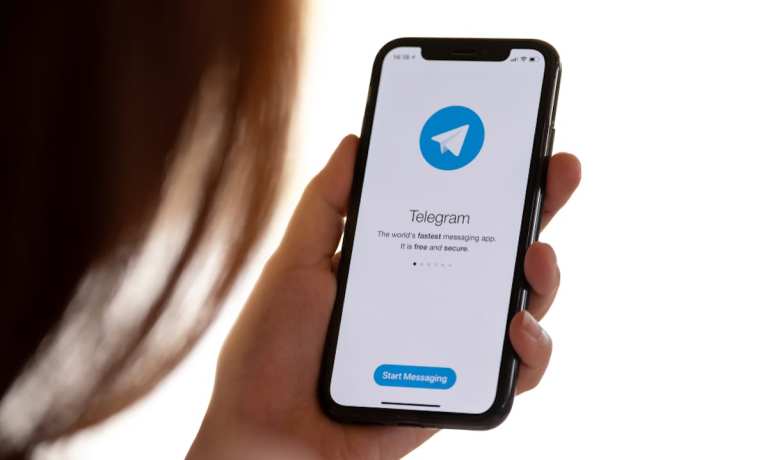
Throughout nearly their entire history, cryptocurrencies have represented the archetypal innovation in search of a problem. And while they’ve succeeded as an unregulated store of value, as well as a tool for scammers, digital assets have yet to crack the nut that bitcoin itself was originally founded on — to serve as a form of payment for goods and services.
This, as Telegram Messenger, the fourth most popular messaging app by active monthly users after Meta’s WhatsApp, WeChat, and Facebook Messenger, on Sunday (March 31) announced that it was pivoting to crypto payments for its advertisers, and crypto payouts for content creators on the messaging app.
The Open Network (better known as the TON Blockchain), and its native cryptocurrency Toncoin, is now the exclusive payment infrastructure for Telegram’s social media advertising initiatives. Telegram channel owners and content creators with over 1,000 followers will be able to earn 50% of the revenue from their channel’s ads, paid out in Toncoin.
“We chose the TON Blockchain because it has low fees, high transaction speeds — and holds a record for the number of transactions it can process per second,” the messaging app said in a statement announcing the roll-out.
Another reason Telegram may have chosen the TON Blockchain is that Telegram initially developed the decentralized computer network itself — calling it the Telegram Open Network (TON). But after losing a court battle with the U.S. Securities and Exchange Commission (SEC) in 2020, Telegram discontinued support for the network and phased the blockchain into an open source project with which no Telegram employees or representatives were involved.
According to Telegram, its channels generate over one trillion views every month.
Read more: Would You Sell Your House for Bitcoin? People Do
As reported here earlier this year, cryptocurrency’s lack of reliability continues to hamstring the sector’s attempts to integrate itself into the broader financial system.
Yan Zhang, co-founder of Web3-native payment aggregator Pelago, told PYMNTS in an interview posted last year, “Traditionally, the biggest hurdle for crypto payments is that customers didn’t consider crypto as money [rather, they viewed it as more of an investment], so merchants were hesitant to accept crypto payments.”
Additionally, when it comes to crypto’s benefits, “a lack of familiarity can lead to a lack of comfort, which will often lead to a lack of adoption,” Ajay Rajani, vice president of expansion and crypto at Tala, told PYMNTS.
And while the marketplace is responding to the crypto sector’s positioning of digital assets as payment vehicles, with business-focused cryptocurrency payment gateway PTPShopy launching to help firms accept cryptocurrency payments in January and cryptocurrency payments company Baanx announcing at the start of March that it had raised $20 million in Series A funding, which it plans to deploy to help it introduce its services in the U.S. and Latin America; industry observers believe the progress crypto has made as payment vehicle is too little, too late.
See also: Crypto Continues to Serve as Case Study in Behavioral Economics
Crypto Has Always Faced Hurdles – Where is the Progress in Jumping Them?
As PYMNTS CEO Karen Webster noted back in 2018, ten years after PayPal launched, it was operating in 190 countries and had 60 million users. Ten years after Amazon launched, it was nearing 70 million users and had just launched Amazon Prime.
Ten years after Visa and Mastercard launched, they had each licensed their tech to thousands of banks that had cards in the hands of millions of consumers, who were using them to buy things at millions of merchants.
A decade and a half after bitcoin’s own launch, the same cannot be said for the crypto industry it spawned.
“The innovation touted 10 years ago, that has garnered billions of dollars of venture capital (VC) funding, hasn’t turned out to be the “internet of money” as advertise, Webster wrote, emphasizing that, “Nor is it now (nor will it ever be) the single digital currency that will democratize the movement of money from anyone to anyone for free — or free from the centralized regimes that bitcoin enthusiasts said only made money more expensive and out of reach for the underserved in developing economies.”